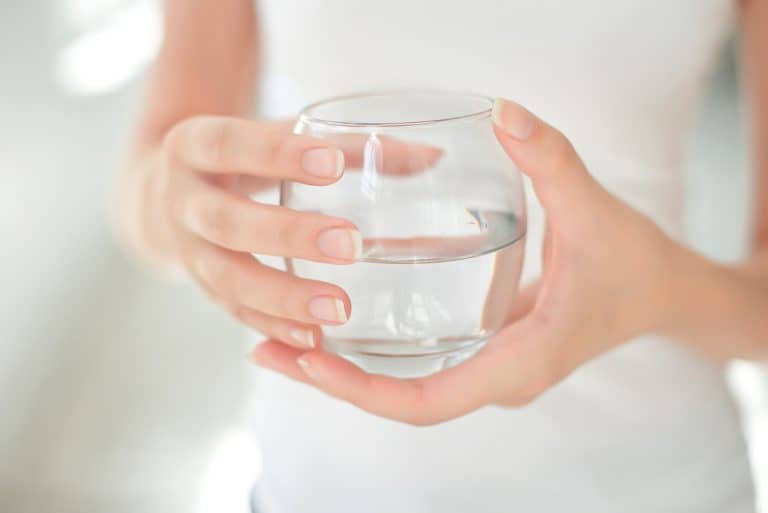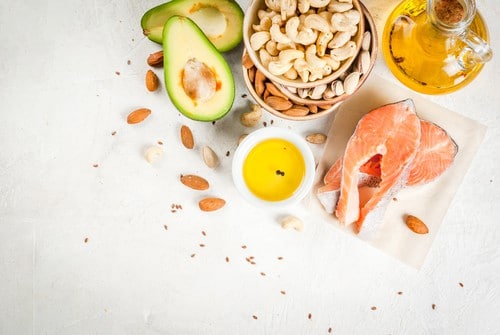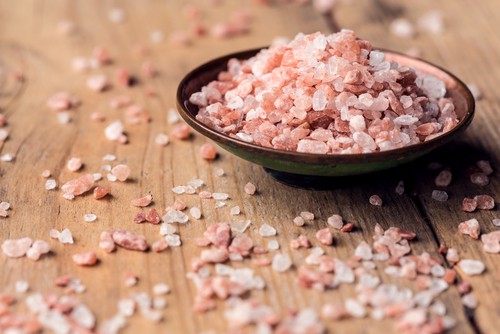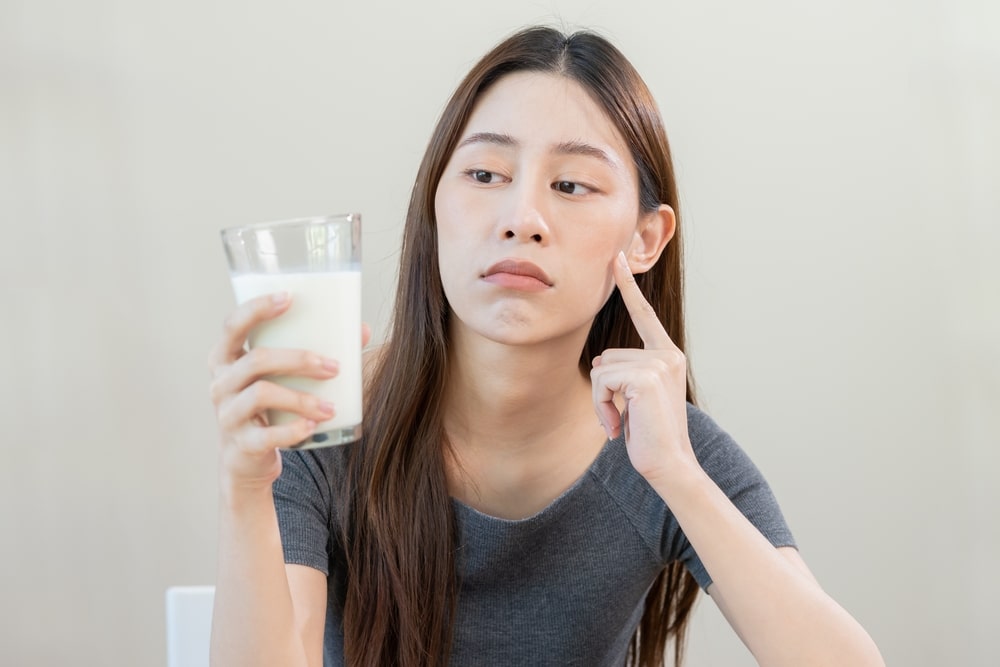Blood pressure levels change during the day. Your body constantly works on balancing your blood pressure. Blood pressure helps your vital organs, including your brain and lungs, get enough blood and oxygen to function better. If you wonder how to raise low blood pressure naturally, in this article you will find 5 natural ways.
Having low blood pressure once in a while isn’t like to cause concern. But having it regularly can be because of diabetes, anemia, hypothyroidism, pregnancy or mildly happen when you stand up and after you eat.
What is Low Blood Pressure?
Blood pressure is usually lower than 120/80 in healthy adults. The low blood pressure value is below 90/60. Low blood pressure, also known as hypotension, can occur due to different reasons. Finding these causes and correcting them later is essential to stabilize low blood pressure.
Doctors divide low blood pressure into several categories, depending on the cause and other factors. Therefore, the answer to the question of how to raise low blood pressure depends on these categories.
Signs of Low Blood Pressure
When your blood pressure is lower than normal, you can feel it through symptoms of low blood pressure. Also known as hypotension, low blood pressure can show signs of headaches, dizziness, blurred vision, low-headedness, nausea and similar. Having low blood pressure can lead to insufficient blood and oxygen to some parts of your body.
Just like high blood pressure (hypertension), low blood pressure may come with no symptoms. That’s why if you think you have low blood pressure, make sure you check your blood pressure level. If your blood pressure level is lower than 90/60 mm Hg, you have low blood pressure. Healthy blood pressure is about 120/80 mm Hg.
Learn about how to raise low blood pressure
with a healthy diet plan at TheLifeCo

What Should We Do When Blood Pressure is Low?
Treatment is usually not needed in cases where low blood pressure does not cause signs and symptoms or only mild symptoms. The question of how to treat low blood pressure and how to raise low blood pressure naturally depends on the cause of the low blood pressure. For example, in treating a patient with low blood pressure due to a drug used, reducing the dose of the drug or discontinuing the drug completely comes to the fore.
Medications can be used to treat orthostatic hypotension, in which a decrease in blood pressure occurs when standing up from a sitting or lying position. With the steps below, you can maintain healthy levels of blood pressure.
How to Raise Low Blood Pressure in 5 Steps:
Here is how to raise low blood pressure with 5 easy steps:
1. Stay Hydrated / Prevent Dehydration
For a normal, healthy blood pressure level, the best beverage to drink is water. Water supports blood vessels and arteries, as well as blood flow to prevent low blood pressure.
Drinking water has another major benefit: preventing dehydration. Dehydration can lead to low blood pressure (hypotension). Alcohol consumption, heat and not drinking enough water can cause dehydration.

2. Eat Foods High B-12, Iron and Folate
Nutrient deficiency, especially B-12, iron and folate deficiency, often causes some types of anemia. Anemia is one of the reasons of low blood pressure. To increase red blood cells, avoid anemia and support your body in making more blood, you should eat foods high in B-12, iron and folate.
The questions of how to raise low blood pressure naturally through food can be answered with many different foods. Examples of foods high in B-12 include beef liver, yoghurt, eggs, nutritional yeast. Foods high in iron include spinach, legumes such as beans, lentils, chickpeas, peas, soybeans, pumpkin seeds, quinoa, broccoli, fish such as tuna and sardines. Foods high in folate include leafy greens, eggs, beef liver, citrus fruits, legumes and asparagus.

Learn about how to raise low blood pressure
with a healthy diet plan at TheLifeCo
3. Eat Foods High in Sodium
Foods that are high in sodium can increase blood pressure. When adding salt to your food, avoid high amounts. Because high amounts of salt can raise blood pressure too much. Try to prefer healthy salts like Himalayan salt. Himalayan salt is rich in sodium and other minerals like potassium and calcium. Avoid refined and processed salty foods and prefer sodium-rich foods such as sea beans, olives, cheese and tuna.
4. Eat Smaller Meals
Eating heavy meals in big portions often lowers blood pressure right after you finish your meal. That’s why eating smaller meals more frequently is an excellent way to keep blood pressure regulated. Also, do not skip meals as it can cause a drop in blood pressure. Make a regular eating schedule to avoid low blood pressure based on food.
Eating heavy meals in big portions often lowers blood pressure right after you finish your meal. That’s why eating smaller meals more frequently is a good way to keep blood pressure regulated. Also, do not skip meals as it can cause a drop in blood pressure. Make a regular eating schedule to avoid low blood pressure based on food.
5. Exercise
If you have symptoms of low blood pressure, be sure to take precautions so that you can exercise safely and effectively. Because sudden changes in posture can cause orthostatic hypotension, it is best to avoid any movement that involves head level or below the heart. This includes exercises such as bench press, sit-ups, bend rowing, reverse flight, and yoga, as well as postures that make you lie down.
The best solution is to find alternatives to these exercises and slowly change the posture during any head-up part of the exercise. It is also critical to arrange exercises together to minimize getting up (i.e. sitting, getting up, and standing), as this can also lead to orthostatic hypotension (blood pressure suddenly drops). Therefore, exercise is one of the answers to how to increase low blood pressure quickly.
After activities such as running and swimming, muscles need more oxygen. That’s why your heart rate increase. You breathe more quickly than usual and your heart starts to pump faster to circulate blood and provide oxygen to your body.
This immediate rise in blood pressure boosts your energy levels and usually returns to normal within several hours of exercise. It is important to get a doctor’s and a professional coach’s recommendations before making a daily or weekly exercise plan.
You can check out our high blood pressure treatment page to learn more about low blood pressure solutions.
Learn about how to raise low blood pressure
with a healthy diet plan at TheLifeCo





